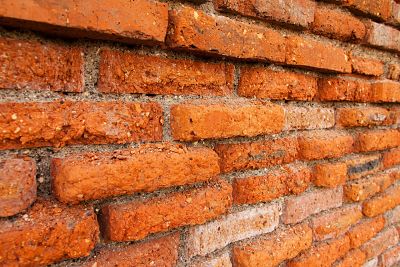
Re-pointing is the process of partially replacing the mortar joints between the brick or stonework in the external walls to maintain the weather resistance of the construction.
Repointing is expensive and is often incorrectly specified, particularly with older lime work. As a rough guide, the work is usually best undertaken when the pointing has eroded to a depth of around the width of the joints or it has clearly failed allowing water penetration. However, earlier work could be beneficial, particularly if this improves the overall appearance of the property.
Many walls to older buildings have been incorrectly re-pointed over the years with hard cement based mortars. These are inappropriate will tend to readily work loose and encourage dampness. It is essential that any work to older construction is carried out with lime as this helps the masonry to 'breathe' reducing dampness. Lime is also soft and will accept a degree of structural movement to the walls.
When re-pointing, the old mortar should be raked out to a depth of at least twice the width of the joints with care taken not to damage the masonry. It is important to match the colour and style of the original work to the walls. A weak hydraulic lime binder is preferred, but non-hydraulic lime can be used (sometimes with brick dust or another 'pozzolan' to compensate). Usually, well-graded sharp sand is suitable, although the largest particle size should not exceed one-third of the joint width.